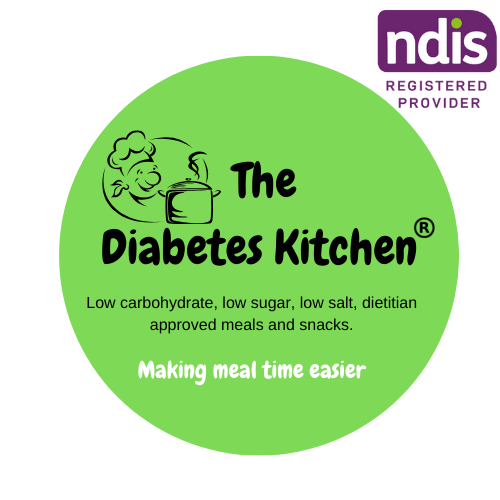Embarking on a journey towards a healthier lifestyle often involves changes in our eating habits. One popular approach that has gained significant attention for its potential health benefits is the low-carb diet. This diet restricts carbohydrate intake—favoring proteins, vegetables, and healthy fats—and has been touted for its ability to aid in weight loss, improve heart health, and stabilise blood sugar levels. If you're considering making this change, here’s a comprehensive guide to help you start your low-carb journey.
Understanding Low-Carb Basics
Carbohydrates are one of the three macronutrients (along with protein and fats) and are found in foods like fruits, vegetables, breads, pastas, and sweets. A low-carb diet primarily reduces the intake of these foods, especially those that are high in refined sugars and starches. Instead, the diet emphasizes foods high in protein and fats, such as meats, fish, eggs, cheese, nuts, and fibrous vegetables.
Health Benefits
The most well-known benefit of a low-carb diet is weight loss. By limiting carbohydrates, the body begins to burn fat as its primary fuel source, a process known as ketosis. Besides weight loss, low-carb diets can help manage or prevent type 2 diabetes by maintaining lower and more stable blood glucose levels. Additionally, these diets can lead to improvements in heart health, reducing factors like high blood pressure and triglycerides, which are common risk factors for heart disease.
Getting Started
Transitioning to a low-carb diet requires thoughtful planning. Begin by familiarizing yourself with foods that are high and low in carbohydrates. Here are a few simple steps to get started:
-
Clear Out High-Carb Foods: Remove high-carb snacks and staples from your pantry. This includes sugary snacks, cereals, pastas, and breads.
-
Stock Up on Low-Carb Alternatives: Fill your fridge and pantry with low-carb foods like lean meats, fish, eggs, cheese, nuts, seeds, and a variety of vegetables.
-
Plan Your Meals: Planning is crucial to avoid the temptation of high-carb foods. Prepare meals that include a protein source, healthy fats, and vegetables.
-
Stay Hydrated: Reducing carbs can lead to a loss in body fluids in the first few weeks. Drink plenty of water to stay hydrated.
Overcoming Challenges
One of the biggest challenges when starting a low-carb diet is dealing with initial side effects, often known as the “low-carb flu,” which can include headaches, fatigue, and irritability. These symptoms typically diminish after a few days as your body adjusts to burning fat for fuel.
Cravings for carbs can be strong, especially in the beginning. It’s helpful to have healthy, low-carb snacks on hand when cravings hit. Also, allowing yourself a small amount of high-quality, complex carbs like sweet potatoes or berries can help manage these cravings without derailing your progress.
Staying Motivated
Maintaining a low-carb diet can be challenging, especially with today's carb-heavy dietary norms. To stay motivated, keep track of your progress, including any changes in weight, energy levels, and how you feel overall. Many find it helpful to join online communities or local groups for support and recipes. Remember, moderation is key. It’s fine to occasionally indulge in your favorite foods, as long as you get back on track.
Transitioning to a low-carb diet isn't just about cutting carbs; it's about making sustainable changes to your diet that enhance your overall health. With the right preparation and mindset, you can successfully adopt a low-carb lifestyle that contributes to lasting health benefits.





